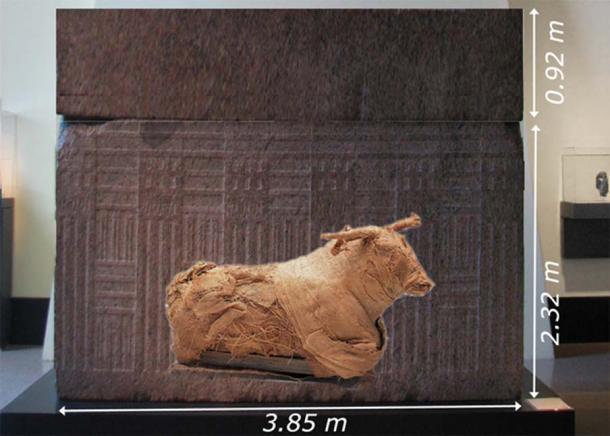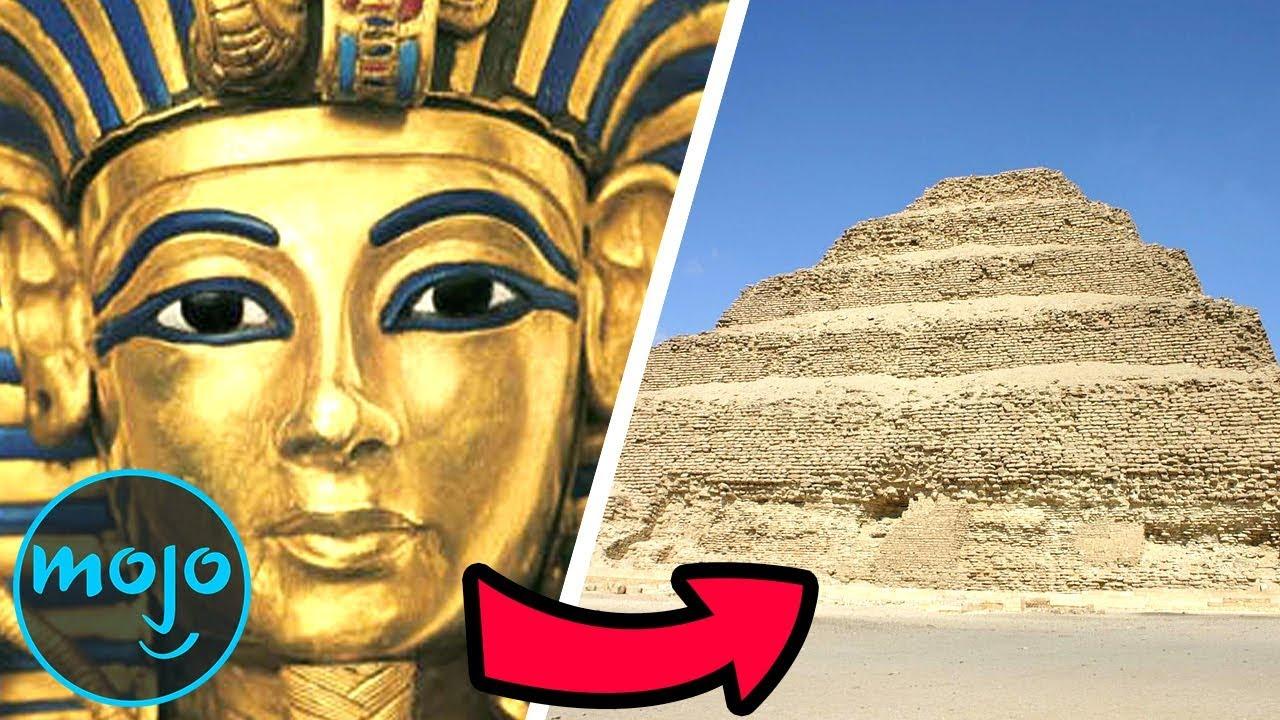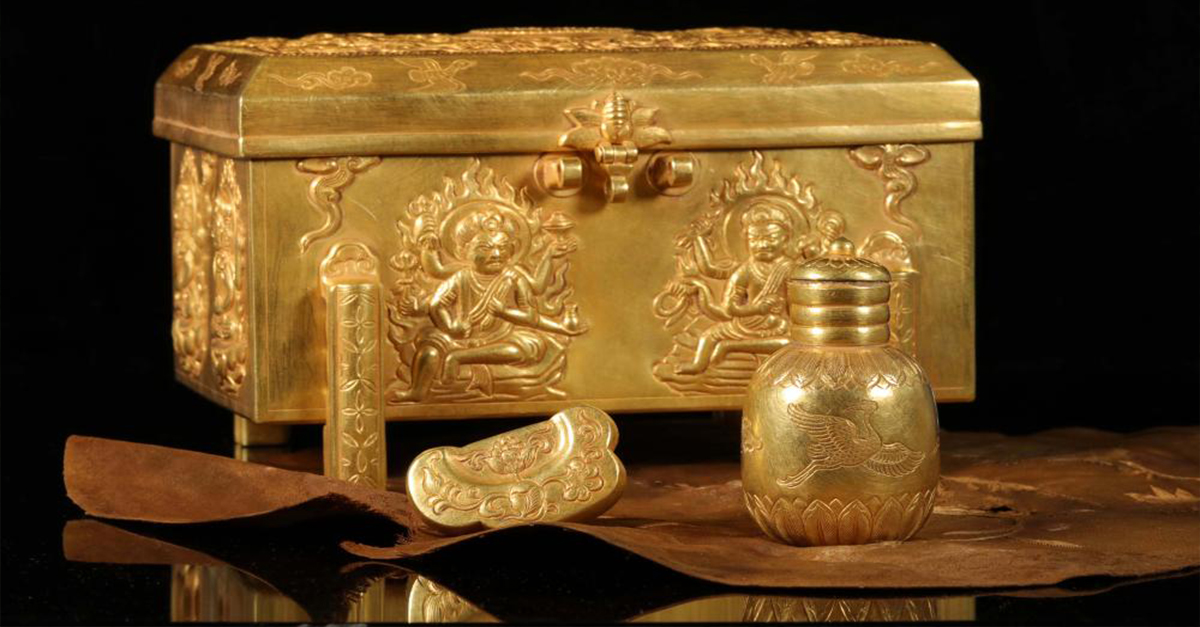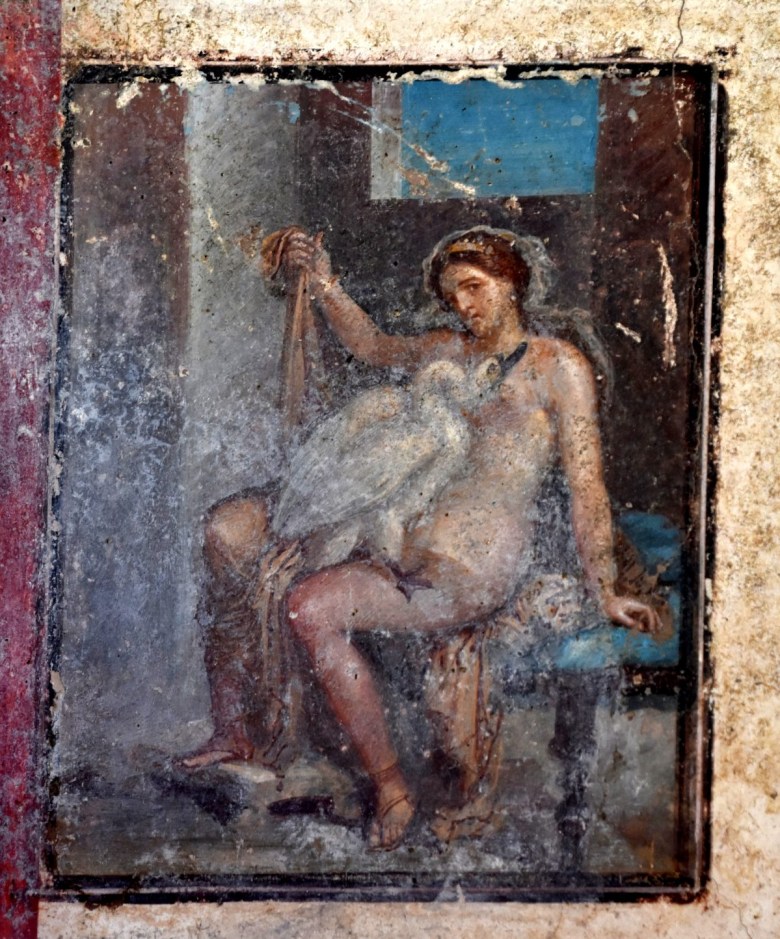
“Leda and the Swan,” a fresco discovered in a Pompeii bedroom, shows the mythological Spartan queen and the Roman god Jupiter disguised as a swan. (all images courtesy of Pompeii Archaeological Park)
A new exhibition at Pompeii Archaeological Park will explore scenes of erotic art in the ancient city. Art and Sensuality in the Houses of Pompeii was inaugurated last Friday, April 21.
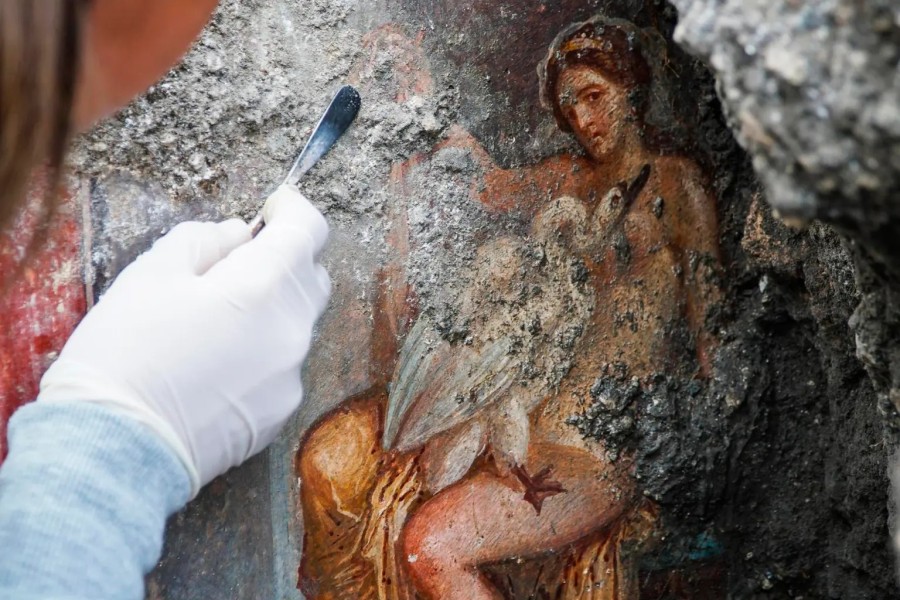
The exhibition, which covers 70 works from the vast treasures of the Pompeii Archaeological Park, includes two erotic medallions from a chariot discovered last year, an erotic scene painted on the ceiling of a bedroom and three walls of a reconstructed bedroom in another villa. Also on display is the “Leda and the Swan” fresco, discovered during excavations in 2018, which depicts the Greek god Zeus (Jupiter) taking the form of a swan and “seducing” the Spartan queen Leda. (Some readings of the myth interpret the encounter as a rape scene.)
Rather than rare or puzzling finds, works of erotic art were common throughout Ancient Rome and its empire, and many of those works in Pompeii depicted the gods of Greek and Roman mythology. The Greek god Eros (Cupid in later Roman narratives) was a symbol of passion, fertility and creation and is depicted in many erotic works, while other exhibits simply recreate scenes from myths.
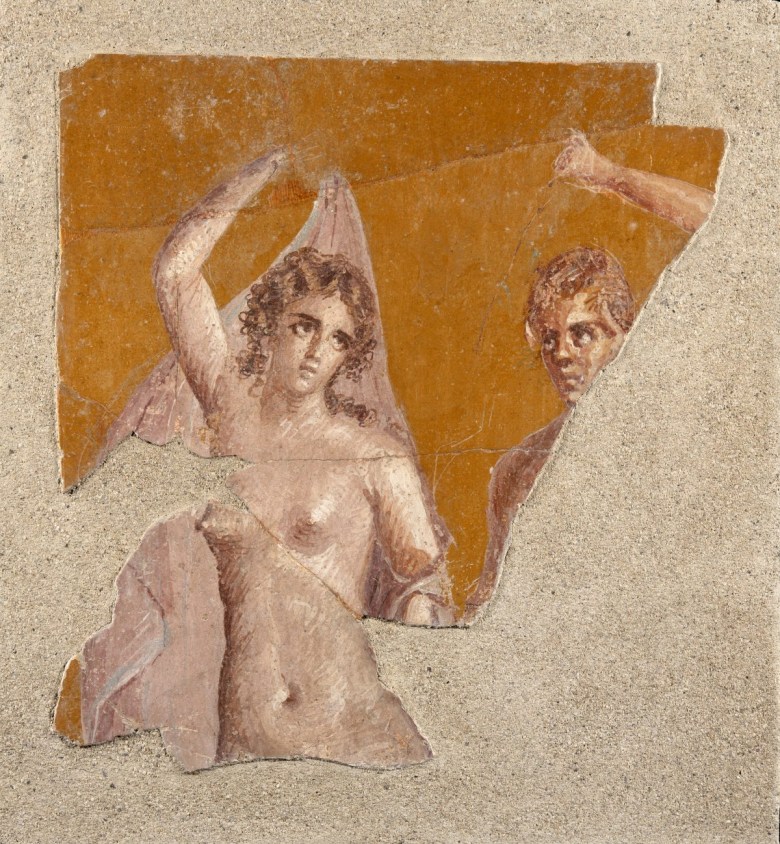
A fragment of a fresco depicting a nymph and a satyr.
In these ancient myths, sex was rampant. Reflecting this phenomenon (and perhaps inspiring it), the ancient Greeks and Romans had a drastically reduced sense of obscenity and shame. Furthermore, sex was not linked to religion in a shameful or incompatible way.
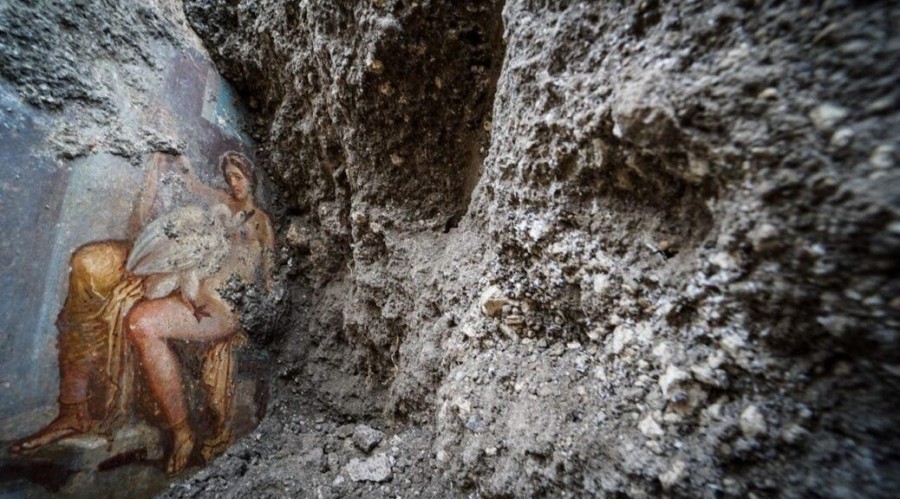
This began to change around the 3rd century AD, when Christianity became the official religion of the Roman Empire. When Mount Vesuvius erupted in 79 AD, Christianity was already spreading in Rome.
In ancient Pompeii, phallic sculptures were displayed on shop signs and in the streets and made into amulets to be worn around the necks of children and livestock, amulets thought to ward off evil.
Sculptures representing gods were found in the gardens of the rich.
The rooms and gardens of the wealthy were also adorned with images of gods having sexual relations, perhaps as an omen of fertility and in an attempt to demonstrate that the owners were educated enough to know Greek mythology. Smaller objects such as phallic oil lamps have also been found, perhaps used at parties to entertain guests. The ancient Romans placed a significant value on pleasure: food, wine, and sex fell into this category.
A fresco from the House of the Centurion in Pompeii (via Wikimedia Commons)
Still, not everyone was included in this seemingly free approach to sexuality, says Gabriel Zuchtriegel, director of the Pompeii Archaeological Park.
“People look at the erotic images of Pompeii and see liberation, but they also had written and unwritten rules, and it wasn’t really this world of great freedom,” Zuchtriegel told The Guardian . “Take homosexuality…it was certainly tolerated, but that doesn’t mean it offered the kind of participation and acceptance that we may be longing for today.”

Images of erotic scenes lined the walls of the brothels of ancient Rome.
In brothels, erotic scenes were displayed on the walls as a sort of list of options available to customers. Prostitution was legal and taxed, but the government often treated sex workers as if they were not citizens and there was a stigma around the practice.
In addition to the Pompeii Archaeological Park, the National Archaeological Museum of Naples has also curated a collection of erotic objects. Until 2000, the 250 sexually themed pieces were kept locked in the museum’s “Secret Room,” which only allowed special access, and were “censored and physically separated from the other collections.” Now anyone over 14 years old can visit it.
“Pan copulating with a goat” in the collection of the Naples Museum (via Wikimedia Commons)
The Pompeii exhibition offers a special tour for children that focuses on Greek and Roman mythology. Other visitors can be guided through the show with the help of an app. The exhibition will be open until January 15, 2023.
